The Future of Social Media: Radio?
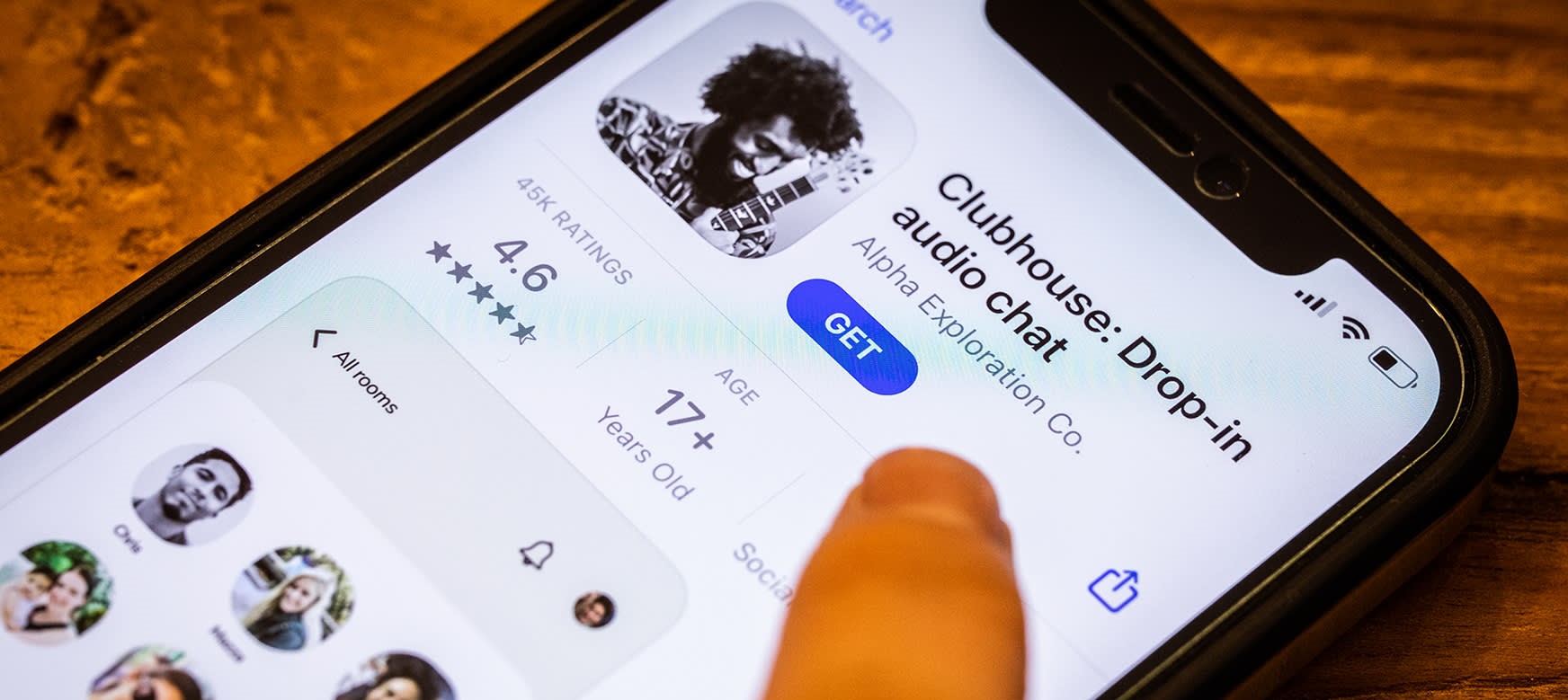
I remember my grandparents’ old radio. A white needle moved slowly across a huge horizontal list of numbers. Years later, it became popular to say that video had killed the radio. Later came podcasts, social networks, Spotify, … And just when it seems like there’s no way out and you expect virtual reality to be the next big leap in social media, I find myself asking, are we going back to radio?
As I was saying, despite all the threats of disappearance, radio is still with us, and as we enter 2021, an article from the MIT Technology Review titled “The future of social networks might be audio” says that it is the future of social networks.
CLUBHOUSE: THE SOCIAL NETWORK OF 2021
If in 2020 we had TikTok to exhaustion, including homemade jokes from politicians and bullfighters, in the first months of 2021, success seems to be on the side of Clubhouse. Just look at the number of Google searches for the term “clubhouse” in Spain over the past few months.

Clubhouse on Google, source: Google Trends
Clubhouse is a social network based on the concept of rooms or spaces for chatting. Any user can create a room to discuss anything of interest. They can invite other users to participate and make it public so that unknown users can join (simply by listening or participating in the conversation). It is also possible to create a room to chat with friends, although I’m not sure if that is the main use of the social network.
In this way, we can see it as a radio that adjusts its programming in real-time based on the content its users decide to create. An interesting concept that has attracted significant investments. In its latest round, in January 2021, it raised a funding round of $100 million led by Andreessen Horowitz with a valuation of $1 billion.
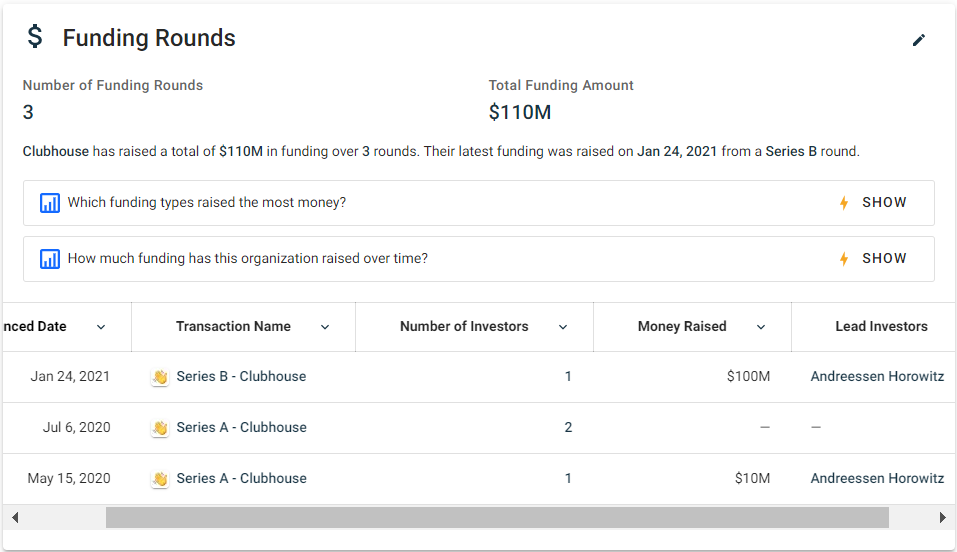
Investment in Clubhouse, source: crunchbase
It is surprising the funding they have achieved considering they claim to still be in beta. It is a limited functionality and capacity version only available for iPhone. As an Android user, I had to install it on my iPad.
To prevent a possible collapse, they only allow you to enter if a member invites you, and the number of invitations each user has is limited. But this, which could be a way to avoid a collapse, is also a magnet for attraction. They manage to turn a resource that should be infinite, like subscribing to any social network, into a scarce and exclusive resource. The result is a higher demand than supply and a skyrocketing growth.
If you have doubts about the effect of this sense of scarcity, try posting on Twitter that you have Clubhouse invitations. Then, you better be ready to run.

Invitations to Clubhouse raining on other social networks
CLUBHOUSE: THE CONTRADICTION OF THE SOCIAL NETWORK
Clubhouse contradicts the principles of traditional social networks. In general, social networks are based on the attention economy. Their value depends not only on the number of users but largely on how many times we use them each day. Therefore, to make us see them more often every day, they use artificial intelligence models that try to highlight what they think will capture our attention best. The mechanism they follow for this and its consequences are described by Sinan Aral in his book The Hype Machine.
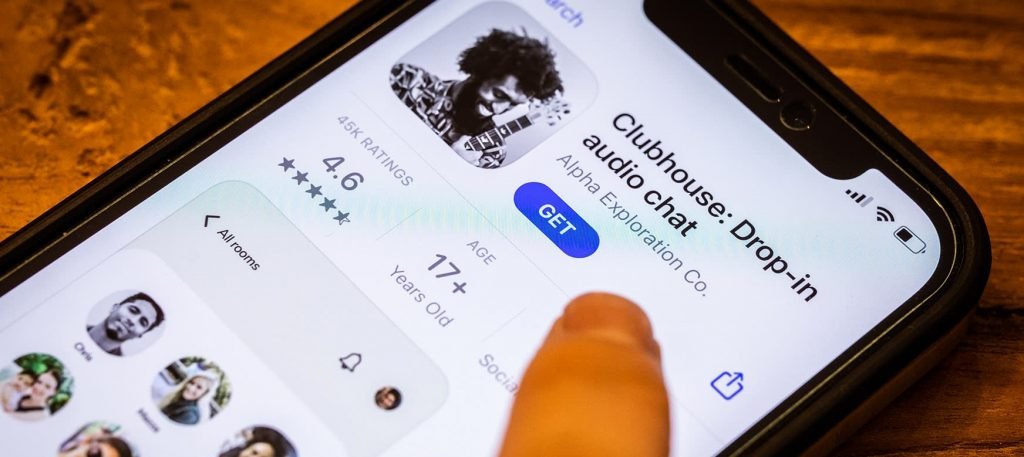
Clubhouse reached 2 million users in January 2021
According to 2020 data, on a normal day, around 500 million tweets are published globally, 10 trillion posts on Facebook, and 1 billion hours of YouTube. In this context of overinformation and misinformation, algorithms created to capture our attention become our information search tool. But our goals are different, leading to problems such as the well-intentioned exaggeration of “fake news” or polarization when only observing information that aligns with your opinion.
However, putting Aral’s opinion aside, if something characterizes Clubhouse, it is that it does not try to fight for attention through algorithms, but rather allows the user to subscribe to content and freely explore open rooms with that content. Although in my opinion, it makes excessive use of notifications as a way to claim attention, the feeling when using it is different. Allowing you to navigate to the next room you want to enter.
This difference is also explained by its different business model. Apparently, Clubhouse does not intend to rely on advertising but on commissions to the creators of the rooms. If this materializes, content creators will have to pay for the rooms, and to make it viable, they will also have to generate income from them. For this, Clubhouse will offer them functionality for ticket sales, but it does not seem unlikely that content creators will start inserting ads in their talks to generate more revenue. If this idea comes to fruition, it would be another point in common with traditional radio.
Anyway, the creature has recently been born, and we need to give it time to see its evolution.
MY EXPERIENCE ON CLUBHOUSE
I have been using the application for three weeks and have seen a very interesting progression. The content generated in the United States is of high quality, with influential people talking to us about everything under the sun. The content created in Spain started weak, but in these three weeks, I have seen a significant improvement. I understand that it is due to inexperience with the medium, and I believe that if it continues like this, in a few months, we can achieve interesting material generated in Spain.
The biggest drawback is that as an Android user, I have no choice but to use it on the iPad, which is not the most convenient. Despite this, I will continue to use it, hoping that one day they release the Android version. So far, I find it more entertaining and interesting than some podcasts I used to listen to.
TWITTER SPACES AND OTHER AUDIO SOCIAL NETWORKS
Clubhouse is not the only social network that emerges with voice. Cappuccino is another recent 100% audio creation that allows you to record stories, called “beans,” for your friends to listen to. These are closed groups of friends, and you can listen to the audios of all your friends at a certain time of day. Thus, Cappuccino also does not seem to be competing for your attention at the same level as traditional platforms.
Discord started in the gaming world allowing players to talk while playing, but it has made the leap to the general public, reaching 7 million users by the end of 2020. Discord allows you to communicate with other users who are connected through voice or through messages that are written by a voice-to-text translation service. In this way, initially, players could chat without using their hands or losing focus on the screen.
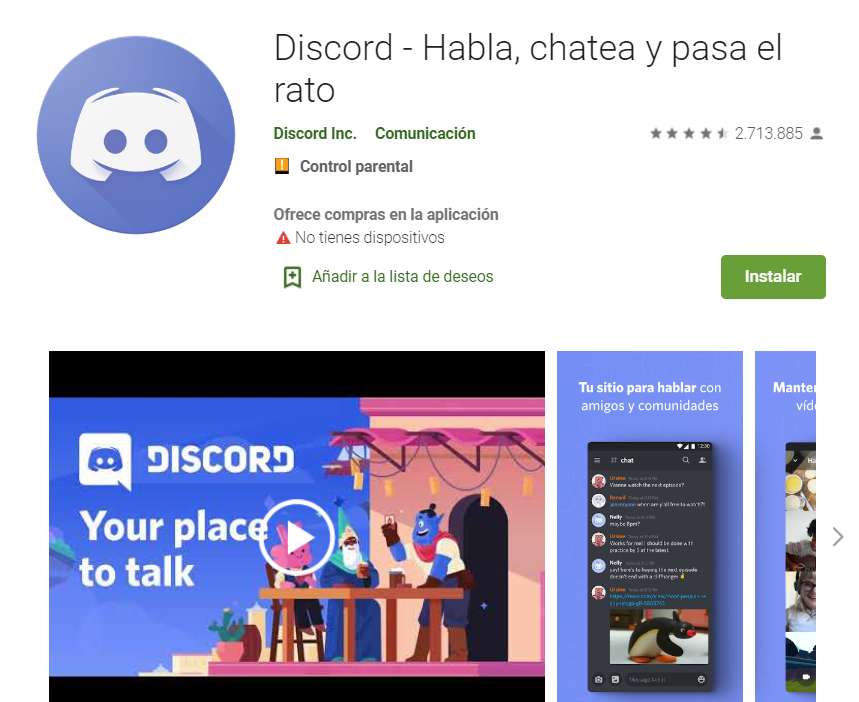
Discord, the future of social networks is audio
Traditional social networks are not oblivious to this trend, and for example, Twitter launched voice tweets in the summer of 2020, giving its users the ability to record their voice and incorporate it into their timeline. Later, at the end of 2020, it launched Twitter Spaces, which allows for live conversations between different people. An idea curiously similar to Clubhouse’s.
However, probably the first one that was aware of the potential of voice was WhatsApp. So much so that, in my opinion, WhatsApp divides people into two groups: those of us who still use the keyboard in most messages and those who will never go back to using it.
We will see if the rest of the traditional social networks follow Twitter’s path by creating their own voice versions.
SOCIAL NETWORKS AND FREEDOM OF EXPRESSION
Controversy comes with any social network. Both Discord and Clubhouse are facing serious controversies for being used by extremist groups, such as in the call to storm the U.S. Capitol in January 2021. Once again, the eternal dilemma arises, to what extent should social networks moderate the content produced on them?

Trump’s tweet prior to the Capitol riot
It is an unsolvable problem that incites passionate discussions:
- not moderating is dangerous because the platform can be used for criminal purposes
- but, moderating is also dangerous because there is a fine line between moderation and censorship
Let’s remember the controversy following the recent blocking of Trump’s account on Twitter. After the block, Twitter stated that it was a decision made by a private company that made its own decisions, that the terms of use supported it, and that if Trump wished, he could switch to another social network.
But that’s not the case. As Jaron Lanier comments in his crusade against social networks, the concentration of power creates an absolutely asymmetrical relationship (see Who controls the future? and your data). You can switch social networks, in a limited market where there are not as many options as you would like, but after the switch, you must get your followers to follow you on that other social network.
Returning to “The Hype Machine,” Aral believes that social network migration should be possible. According to him, as a user, you should be able to switch social networks while taking all your contacts and content with you. Although it is complicated, I think it is worth delving into the idea. Social networks are becoming a basic communication service, and just as a few years ago, portability was established between operators, perhaps it is necessary to establish a portability service between social networks.
For this to happen, a unique digital identity would be necessary to identify us as account owners on all these social networks. Thus, portability could be possible, although again, this would clash with our privacy and anonymity.
SOCIAL NETWORKS AFTER DEATH
In collecting news, I recently read that Microsoft had patented a technology to record a person’s voice and videos in such a way that they could be used after their death. Soon, Microsoft announced that they were giving up on their idea due to the alarm it caused, but the reality is that there are other companies working along the same lines.## VIDEO KILLED THE RADIO STAR
In a blog that defines itself as “Business and digital technology with a bit of rock,” this is very inconsistent, but after the introduction, there is no turning back.
Some things were only possible in the 80s, one of them being this video: The Buggles and their “Video Killed the Radio Star.”
In the 80s, the video almost killed the radio.
P.S. If you’re looking for something more rock-oriented, I recommend what I was listening to while writing this post: “Heretics” by Toadies.
Related posts
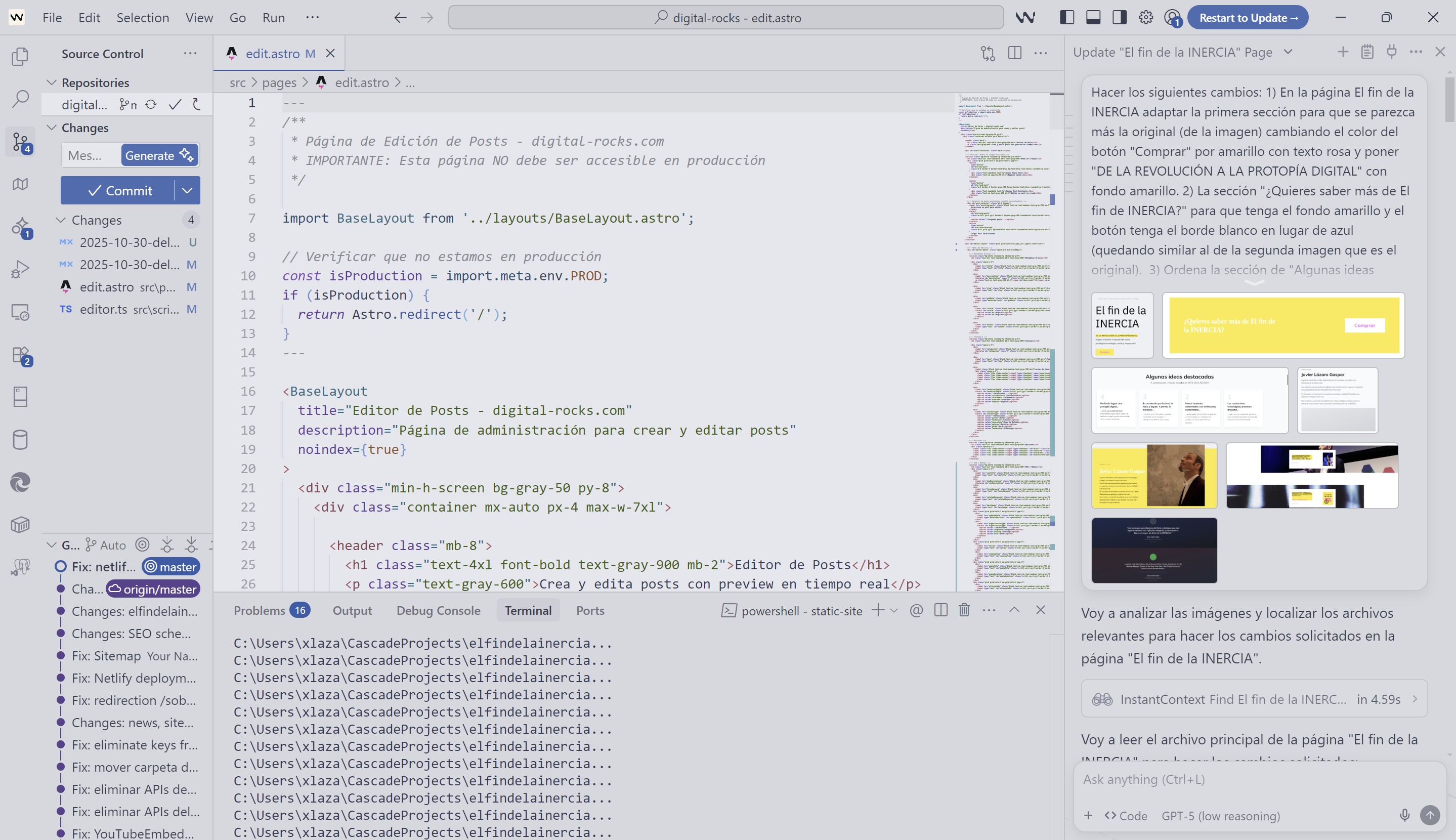
From COBOL to Agentic AI: Transforming the Software Lifecycle
Evolution of the software lifecycle applying AI and Agentic AI

Digital Transformation: Beyond Technology
In Digital Transformation, purpose and culture are more important than technology itself.

BIG TECH CAPITALISM by Evgeny Morozov
'Big Tech Capitalism' shares many of the issues I describe in 'The End of Inertia' but does not approach them in the same way, as its author starts from an e...
All opinions expressed on this blog are personal and do not represent those of any company or organization with which I collaborate.

